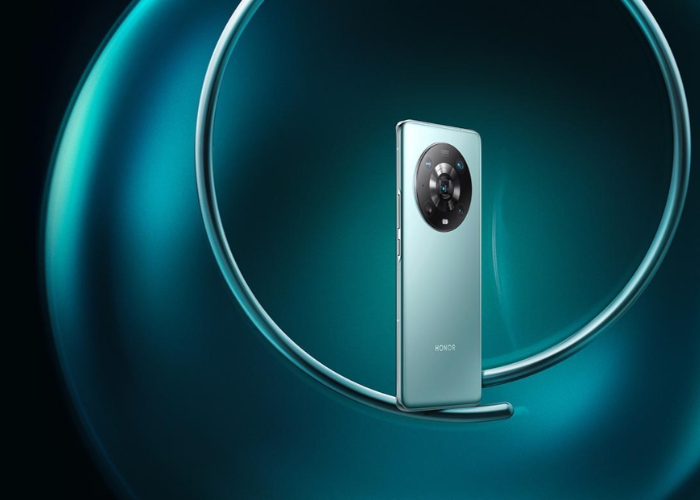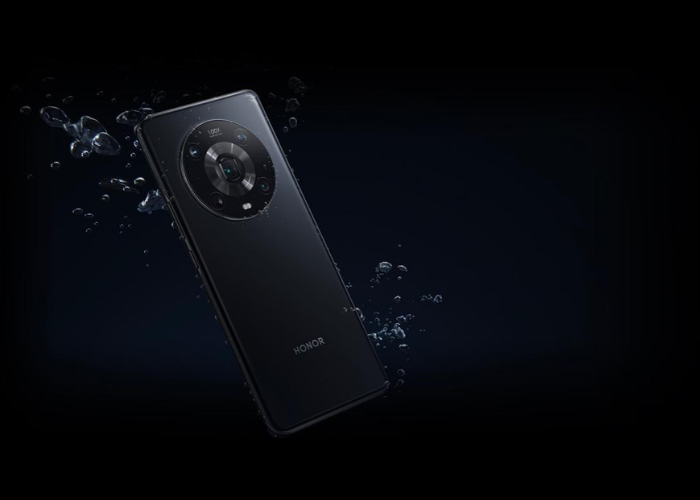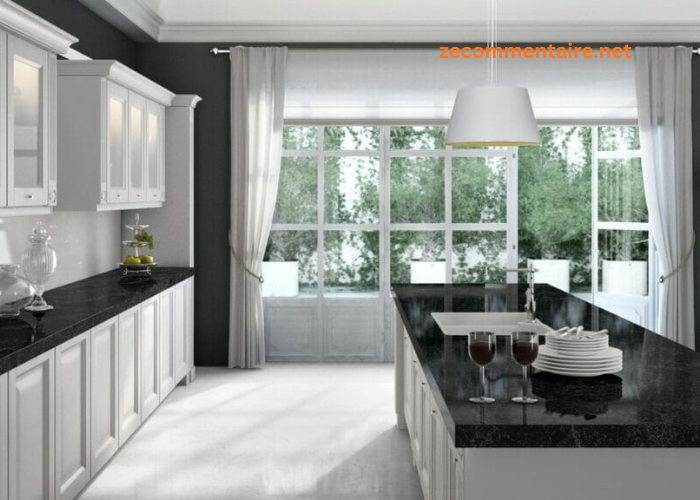In recent years, smartphone manufacturers have been on a quest to minimize bezels and maximize screen-to-body ratios, offering users more immersive and visually appealing displays. While bezel-less designs have become a prominent trend, the implementation of front-facing cameras, sensors, and speakers presented challenges.
Notches were introduced as a compromise, but the pursuit of truly bezel-less displays has led to innovative notch alternatives. In this article, we will explore the evolution of smartphone design trends, the rise of notches, and the emergence of various notch alternatives.
I. The Evolution of Smartphone Design
1. Early Bezels and Physical Buttons
Early smartphones featured thick bezels surrounding the display and dedicated physical buttons for navigation.
2. Edge-to-Edge Displays
Advancements in display technology and design led to edge-to-edge displays, reducing bezels and offering larger screens.
II. The Rise of Notches
1. The Introduction of the Notch
Apple introduced the “notch” with the iPhone X in 2017, which housed the front-facing camera and sensors within a cutout at the top of the display.
2. The Notch Trend
Following Apple’s lead, many Android smartphone manufacturers adopted the notch design to achieve higher screen-to-body ratios.
III. Challenges with Notches
1. Screen Real Estate
Notches occupy a portion of the display, reducing the available screen real estate for content and potentially affecting the overall user experience.
2. Visual Distraction
Some users find notches visually distracting, as they disrupt the symmetry and clean lines of the display.
IV. Notch Alternatives
1. Pop-up Cameras
Pop-up cameras are motorized mechanisms that allow front-facing cameras to pop up when needed and retract when not in use, eliminating the need for a notch.
2. Under-Display Cameras
Under-display cameras are integrated beneath the screen, making them invisible when not in use and providing a seamless display experience.
3. Hole-Punch Displays
Hole-punch displays feature a small cutout for the front-facing camera, minimizing the intrusion on the display while offering a compromise between notches and true bezel-less designs.
4. Flip-Up Cameras
Flip-up cameras are featured on devices with rotating or swiveling camera modules, enabling the rear cameras to flip up for front-facing shots.
V. Full-Screen Display Technology
1. In-Display Fingerprint Sensors
In-display fingerprint sensors eliminate the need for a dedicated fingerprint scanner, further reducing the need for bezels.
2. Sound-Emitting Displays
Sound-emitting displays use vibrations to produce sound, removing the need for a front-facing speaker and reducing bezel size.
VI. Challenges and Advancements
1. Durability and Reliability
Motorized mechanisms, such as pop-up cameras, require careful engineering to ensure durability and long-term reliability.
2. Display Quality
Notch alternatives, such as under-display cameras and sound-emitting displays, must maintain the same display quality like HONOR Magic 4 Pro does.
VII. Future Trends in Smartphone Design
1. Seamless and Foldable Displays
Seamless and foldable displays offer the potential for truly bezel-less designs, as they can be folded or unfolded to provide larger screen areas without the need for notches.
2. Advancements in Under-Display Technology
Under-display technology is continuously evolving, and future advancements may result in entirely invisible front-facing camera and sensor setups.

Conclusion
The quest for minimizing bezels and achieving truly bezel-less displays has driven smartphone design trends and innovations. As technology continues to advance, we can expect further innovations in smartphone design, including seamless and foldable displays that may render notches and their alternatives obsolete. Ultimately, the evolution of smartphone design is driven by the pursuit of providing users with visually stunning and immersive displays while preserving functionality and aesthetics.




